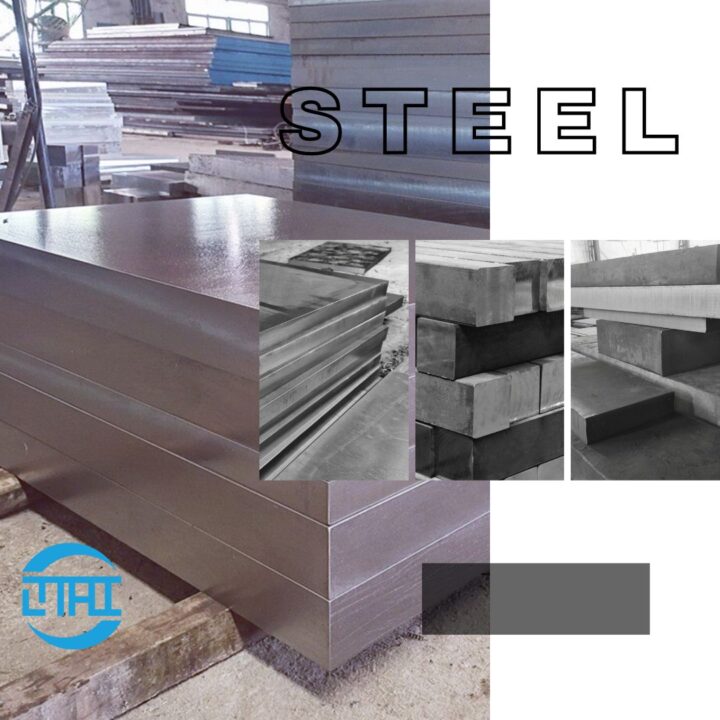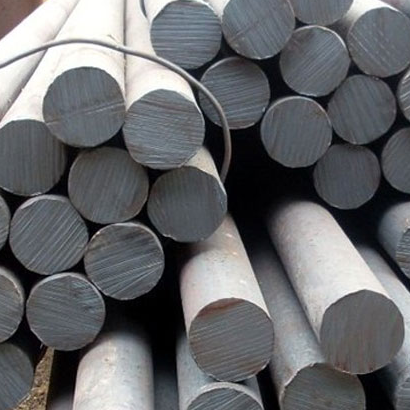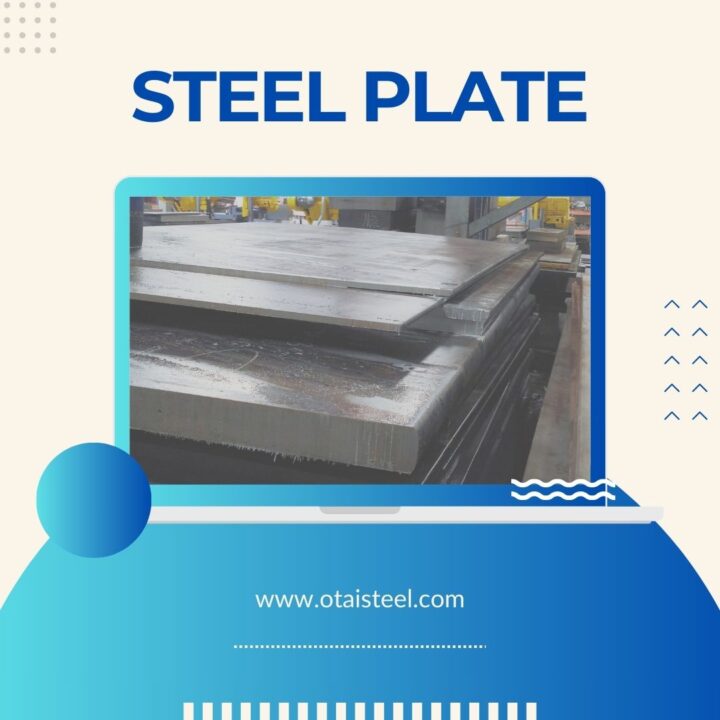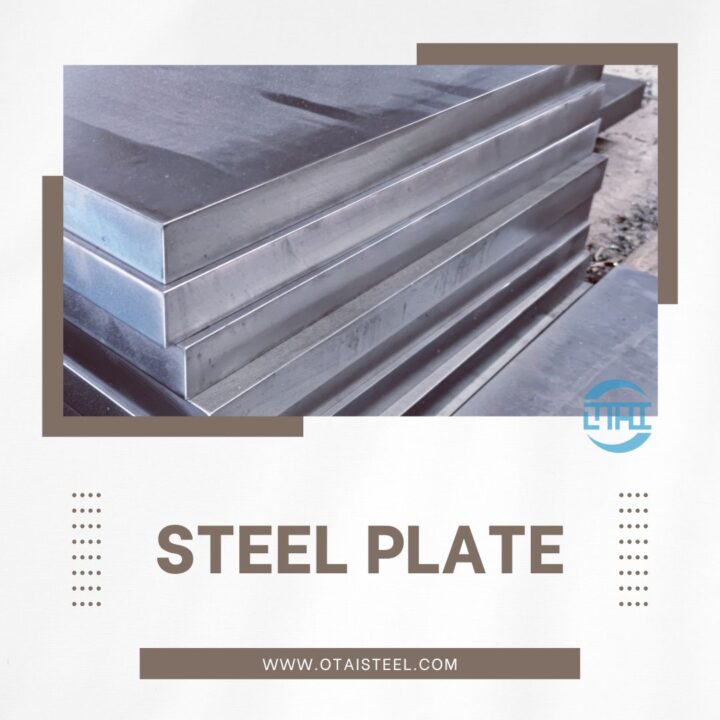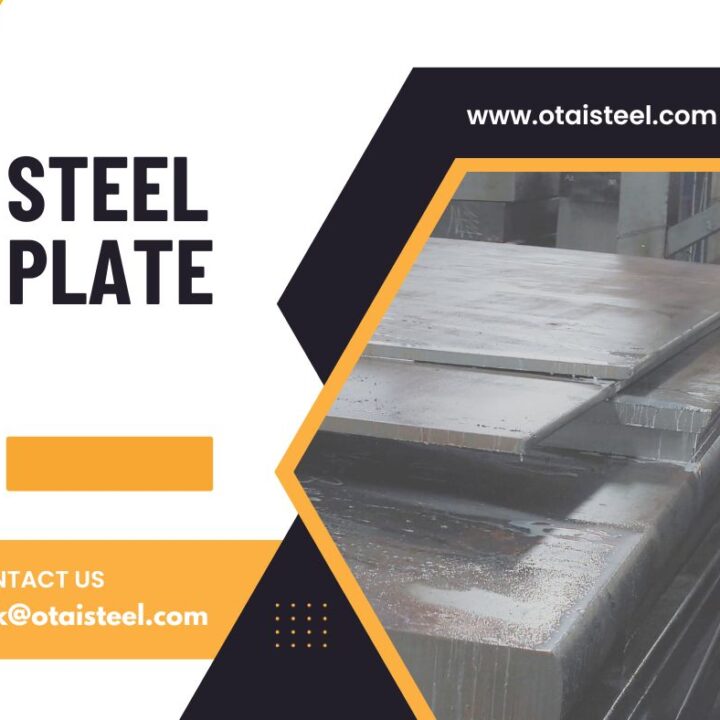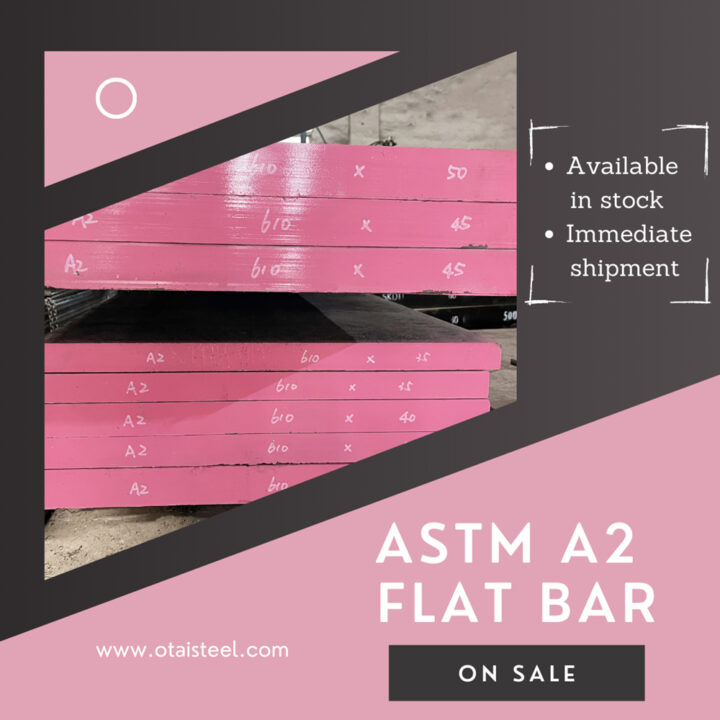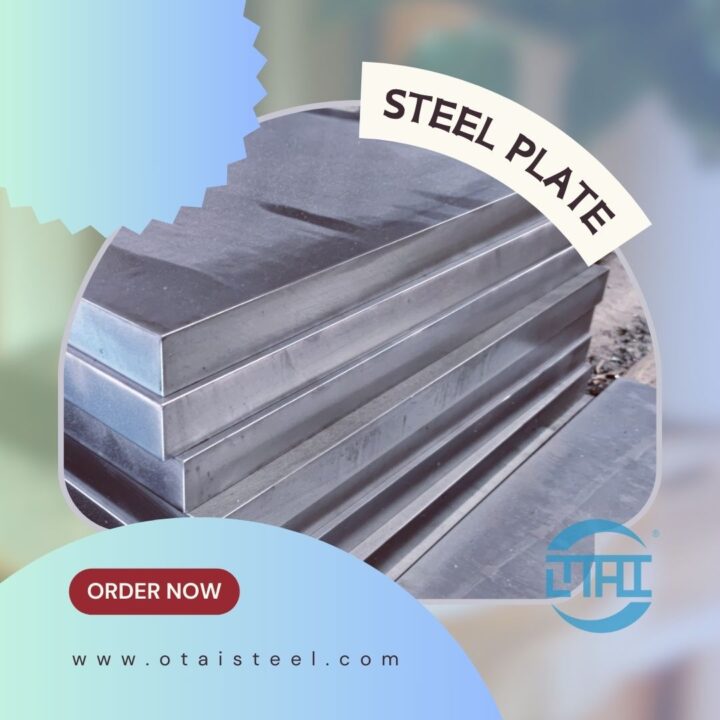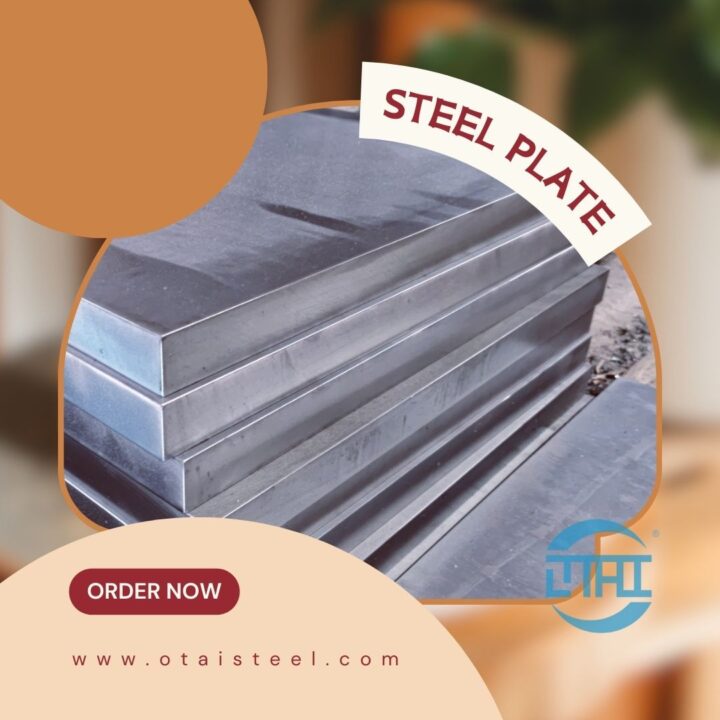4340 steel is a low-alloy steel containing elements such as nickel, chromium, and molybdenum, which contribute to its excellent mechanical properties. It possesses high tensile strength, toughness, and good hardenability. However, the surface hardness and wear resistance may need improvement to meet specific application requirements.
Surface Hardening Techniques for 4340 Steel
Surface hardening techniques are widely used to enhance the hardness and wear resistance of 4340 steel. These techniques involve modifying the surface layer while preserving the core properties. Common surface hardening methods include carburizing, nitriding, induction hardening, and case hardening. Each method offers unique advantages and is suited for specific applications.
Heat Treatment Methods for Enhancing Surface Hardness
Heat treatment plays a crucial role in enhancing the surface hardness of 4340 steel. Processes such as quenching and tempering, austempering, and martempering can be employed to optimize the microstructure and hardness of the material. These methods involve controlled heating and cooling cycles, resulting in a hardened surface layer with improved wear resistance.
Surface Coating and Modification Techniques
Surface coatings and modifications offer effective ways to enhance the surface hardness and wear resistance of 4340 steel. Techniques such as physical vapor deposition (PVD), chemical vapor deposition (CVD), and thermal spray coatings provide a protective layer that improves hardness and reduces friction. Surface modifications like shot peening and laser surface melting can also refine the surface properties.
Nitriding and Carburizing for Surface Enhancement
Nitriding and carburizing are surface treatment processes that introduce nitrogen or carbon into the surface layer of 4340 steel. Nitriding forms a hard nitride layer, improving both hardness and wear resistance. Carburizing creates a carbon-rich layer, increasing surface hardness and enabling the formation of a hardened case through subsequent heat treatment.
Case Hardening and Induction Hardening
Case hardening and induction hardening are widely employed to enhance surface hardness in 4340 steel. Case hardening involves adding carbon to the surface layer and then heat treating the material. Induction hardening, on the other hand, uses localized heating and rapid quenching to achieve high surface hardness. Both methods result in a hardened surface layer with improved wear resistance.
Shot Peening and Surface Mechanical Treatment
Shot peening and surface mechanical treatment methods induce compressive stresses on the surface of 4340 steel, enhancing its fatigue resistance and wear performance. Shot peening involves bombarding the surface with small spherical particles, while surface mechanical treatments like burnishing or mechanical polishing refine the surface, reducing roughness and improving contact characteristics.
Comparing the Effectiveness of Different Methods
The choice of surface enhancement method depends on the specific requirements of the application. Factors such as the desired level of hardness, wear resistance, component geometry, and cost considerations influence the selection process. Each method offers unique benefits and limitations, and an understanding of their characteristics is crucial for choosing the most suitable method for a particular application.
Real-World Applications and Benefits of Enhanced Surface Properties
Enhanced surface hardness and wear resistance in 4340 steel open up a wide range of applications across industries. Components such as gears, shafts, bearings, and tools can benefit from these improvements, resulting in extended service life, reduced downtime, and improved overall performance. Industries such as automotive, aerospace, oil and gas, and manufacturing rely on enhanced surface properties to meet demanding requirements.
By selecting the appropriate methods and optimizing process parameters, manufacturers can improve the surface properties of 4340 steel and ensure reliable performance in demanding environments.
